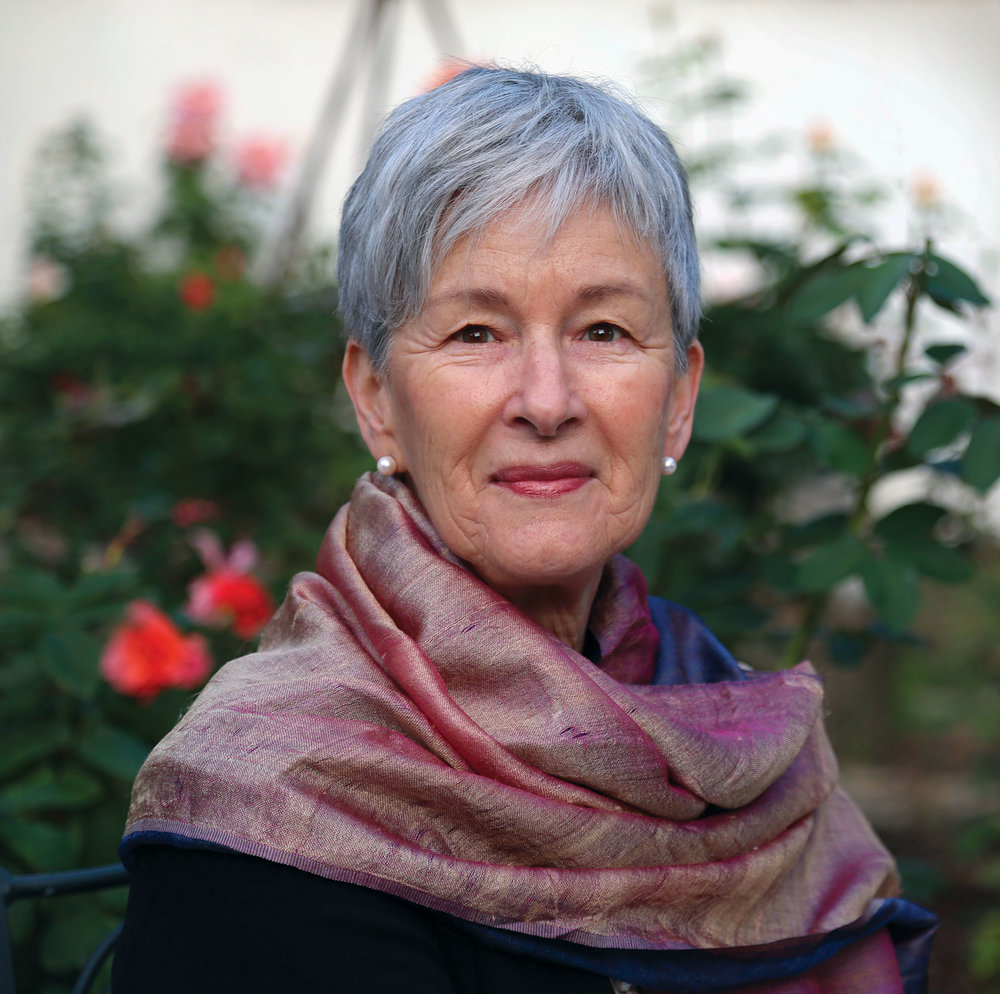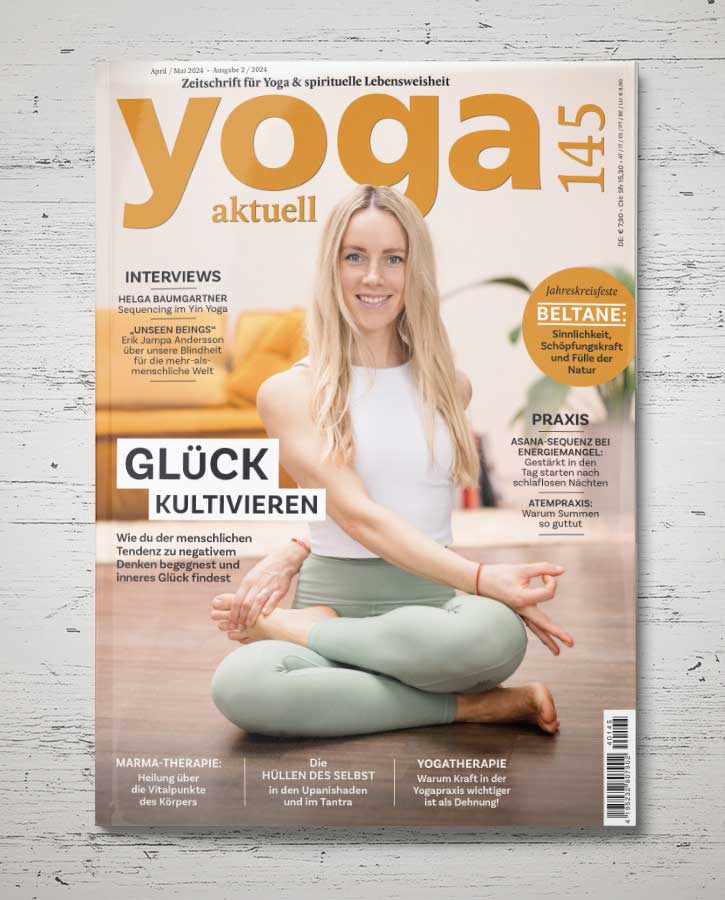Yogacharya O’Brian encourages us to pursue the four goals for a human life by cultivating a disciplined practice, engaging in continuous self-studies, adhering to the yogic moral code of behaviour and becoming an engaged member of a healthy spiritual community.
(If you want to read this article in German, click here)
Her latest book, The Jewel of Abundance: Finding Prosperity through the Ancient Wisdom of Yoga, was recently published by New World Library. This very last book, The Jewel of Abundance for short, is a type of instruction “manual” based on the ancient Vedic wisdom to living an enlightened, happy and fulfilling life. In it, the concept of purusharthas, or the four universal goals of human life, are presented as follows:
|
1. Dharma, the Path – the actualisation of our human potential through the unfoldment of our personal destiny; 2. Artha, or Prosperity – the materialisation of necessary resources in pursuit of our 3. Kama, which is Pleasure – the enjoyment of life through the senses without painful 4. Moksha, or Liberation – the realisation of the true Self resulting in the ultimate freedom |
The book’s is primarily focus is based on the discussion ofhow one is to create the circumstances for Artha, a life of Abundance that stems out from a spiritually-sound life.
I have seen, that people who do take their spiritual path seriously – they meditate, they study, they practice – even in the mids of great sorrow, they have a sense of spiritual resources that they can draw on.
After having read the book, the inspiration for an interview came along, culminating in this simple, yet profound exchange that follows. The concepts and tools discussed could be easily applied to spiritual seekers beyond any specific yoga school or meditation tradition, for they are universal in their nature and made relevant in the context of a “normal” modern life, not requiring any form of extreme measures or asceticism.
The instructions given and the underlying principles revealed throughout the book and in the interview below are simple to understand and to follow, to a degree that something as abstract and seemingly far-fetched from our ordinary reality such as the yogic idea of Liberation (Moksha), being the final goal, becomes more accessible and even possible, in this life time, and even now. And the price to pay, well, we have only to gain!
Interview
Anastasia: Meditation is at the core of the Yoga System, no matter which yoga method we’re talking about, be it the one more focused on the performance of the physical postures (Hatha Yoga), the study of the ancient wisdom (Jnana Yoga), a life of spiritual devotion (Bhakti Yoga), or that of the righteous action (Karma Yoga). My first question therefore is: why is it important to meditate?
Yogacharya O’Brian: Meditation is of course now scientifically proven to reduce stress from the body and mind and contribute to our over-all well-being, but in the tradition of Kriya Yoga, it is also recognised for its spiritual benefits. Learning how to manage our thoughts and emotions is critical to being able to cultivate even-mindfulness. And beyond that, the realisation of our spiritual existence is supported through the meditation practice. Through meditation, we learn to observe our mind which helps us to realize that we’re not limited to it, that is, we don’t have to identify with our thoughts and feelings.
The book speaks about the four purusharthas, or the four universal goals of human life: dharma, artha, kama and moksha. Realistically speaking, how many people could actually live pursuing these goals seriously?
In my years teaching in the spiritual tradition, I’ve found that when people are exposed to these universal goals for human life, they find it very inspiring. Because of this inspiration,they are motivated to have a yoga practice. Just hearing that there is this simple, practical, universal goal system for a spiritually awakened life can motivate people to begin to practice.
It seems like such a comprehensive approach to a human life that can oftentimes seem difficult and confusing.
What is interesting about this system, is that no matter what stage of life you’re in, wether you’re a student, a young adult, just beginning to explore career or family life, or if you’re more mature and established in your career and have [older] children, these goals are always appropriate and remind us that our life has a higher purpose, and that we can find happiness by living our lives in a spiritually conscious way.
We could agree on the idea that life is a spiritual trip: it’s just some people are aware of it and others are not. What is the difference between living a “normal”, materialist, or instinctual and a spiritually awakened life?
Perhaps one of the main distinctions is a sense of where the source of fulfilment and happiness comes from. So a person in the materialist or ordinary state of consciousness is likely to feel that happiness comes from something external, either through pleasure of the senses or accomplishments that are tied to something other than the Self. But through meditation, introspection, and spiritual search, we can discover that we have the capacity for happiness that is actually inherent to our being, that is not tied to external circumstances or results. Now, that does not mean that we do not enjoy pleasures of the senses or that we’re not happy to fulfil our goals – of course we do – it simply means that we have the capacity to have a comprehensive perspective about the variety and the sources of happiness – and are capable of feeling the ultimate happiness being our own wholeness or the fulness in the Self.
How many people can experience this fulness of the Self?
It is accessible and available to the people who are interested. One of the beautiful aspect of yoga is that it doesn’t take that much time to begin to be able to see more clearly about our relationship to peace and happiness, and begin to develop the discrimination and the skills for having more equanimity, peace, and therefore the ability to be content, even as we continue to pursue our goals.
Speaking specifically about Artha, I think the main message of the book is that prosperity doesn’t come from external circumstances, but from the inside, and one can begin to feel prosperity on the physical level once one begins to prosper or develop spiritually. That however sounds so complicated – it seems that it is much easier to become prosperous on the physical level by engaging in a certain profession or financial decisions, whereas a spiritual journey lasts a life time and is always work-in-progress. Have you met a lot of people who were prosperous financially but poor spiritually and vice versa, and how did you manage to help them bridge this gap?
Yes, I have met both. It’s part of the human condition, that no matter how much we have on the material level, if we have not discovered our own souls, or own spirituality, we’re naturally going to feel that something is missing. Even if people have great amount of material resources, they are likely to not escape the feeling that is something missing so the search for more and more will continue, including for more material goods and experiences. In yoga, we learn that the fundamental search we feel is the search for the Self, knowing our true Self, our own wholeness or fulness. Once we know the truth about who we are, then we have the capacity to be more skilful in our pursuit of wealth, in all of its forms. It’s not just a matter of discovering your own true Being, and then the money just comes to you. It’s also a matter of becoming more skilful. Yoga is very precise about that, in fact it gives us direct instructions how to live our life: to live truthfully, with integrity, learning the relationship between out thoughts and external circumstances. Yoga works with subtle laws and the laws of the mind – that’s the critical part. So, changing our consciousness is at the first step – realizing that we’re spiritual beings – but the second part is becoming more skilful in how we actually live.
It’s not just a matter of discovering your own true Being, and then the money just comes to you. It’s also a matter of becoming more skilful. Yoga is very precise about that, in fact it gives us direct instructions how to live our life: to live truthfully, with integrity, learning the relationship between out thoughts and external circumstances.
I think that people who practice yoga or any kind of spirituality, do come to the point where they develop discernment, have better capacity to discriminate and see more clearly the relationships between the manifested reality and the inner reality of their mind. They may even have had experiences, either in deep meditation or by other means, of realising their true Self and getting a glimpse into higher state of consciousness, but they forget or disbelieve that it was That. How would you suggest that people break the spell of forgetfulness or lack of faith?
It’s essential to have a steady practice, wether it is the practice of asanas or meditation, ideally – both. And on top if it: self-study or the study of the texts. These three things will really help to strengthen the person in time of doubt or give the answer to forgetfulness. And the forth thing: it would be very helpful if one could have access to a spiritual teacher and/or spiritual community. The pull of the world and its conditioning is so strong, that it always manages to bring us back to the material consciousness. So if you have a spiritual teacher and a spiritual community to turn to – that could be very supportive!
In that sense, could you share with us your ideas on the Modern Postural Yoga and what it might be missing in its approach and excessive focus on the physical asanas. Do you sometimes get an impression that people who practice just physical asanas and working too much on their bodies are not doing enough work on their minds? And also, would you recommend setting some kind of clear guidelines and instructions on how yoga should be taught and passed on so that it is not stripped of its spiritual element in the process?
Well, I don’t think it is possible or even recommended to try to control what is happening with yoga. We have this saying: the cat is out of the bag, meaning, you cannot put it back in [laughing]. Many people use yoga for physical health and healing, for emotional and psychological wellbeing, and in a spiritual sense as well. I don’t worry so much about the emphasis on the physical posture because one of the things I see today is that with these very dedicated practitioners of asana, the incredible amount of discipline, and focus that it takes to do that, and with the asanas inherently being able to balance the prana and quiet the thoughts, if they are very sincere practitioners – they will discover the true Self and the true nature of the practice. However people come to yoga, it’s ok – it is an inherently spiritual journey – and they will find their way on it. If there is a down-side to just having a strictly asana practice, then sometimes it could show up as too much emphasis on the way a person looks and the disconnection from the Self. In the Yoga Marketing, there is a lot of focus on the person’s appearance. The downside of that is the contribution to all kinds of body image issues that are already there, as well as to the negative side effects of perfectionism such as eating disorders and the disconnection form our true nature.
It’s just impossible for the asana to stay completely disconnected from the true message behind yoga.
At the same time, looking at the strictly physical practice of yoga these days, it is great to see the diversity – in terms of gender, age, race, and physical dis/abilities – even seeing something like more and more gay and queer yoga being exhibited, adding yet another perspective on how one’s sexual identity and fitting in, or not fitting in a society, could influence one’s relationship to one’s body, mind, and spirit, adding yet another level of selfawareness for all of us!
And that’s what I mean that in some ways we don’t have to worry too much about this. Yoga will take care of itself. For a long time, we had a very narrow focus of what a healthy body looks like, but today it is becoming much more diverse – there are many different types of beautiful bodies and their shapes, colours, and ages – so the truth ultimately rises to the surface. It’s just impossible for the asana to stay completely disconnected from the true message behind yoga.
In your book, you finish with the concept of generosity and I wanted to ask you this question about generosity versus boundaries. In personal experience and looking at others, it seems that this archetype of a teacher is definitely guilty of giving a lot, without asking to receive in return. I was wondering if you could share some wise words on this issue?
The fundamental law of wealth that we find in the Yoga Sutra, more specifically in the discussion on Yamas and Niyamas, is that a person who is established in the non-stealing experiences the jewel of abundance. As yogis, we have to study what non-stealing means. Of course it means not to take things that don’t belong to us, physical and intellectual, like stealing someone’s credit; but it also has to do with things like jealousy, and this part that you’re speaking of – non-stealing is also about finding the right balance between giving and receiving. If we’re depleting our resources by giving much more than what we can really give, then we need to explore what are our deeper motives: why are we doing that? That’s usually very deep work that leads to fruitful discoveries.
It seems that these days with the amount of information traveling easily between people, we’re just overwhelmed with the amount of suffering that people have to go through and the natural reaction of many of us is to shut off as not to feel anything anymore or get very angry about the way things are. What would be your suggestions for the people to stay compassionate and not to shut off, not being afraid to give or to do the right thing?
I had the blessing of having an audience with the Dalai Lama to ask him this very question: how can we be more compassionate? One of the things he said was that we need to take our spiritual path more seriously [laughing]. So that led me to the question: what would it be like if I took my spiritual path more seriously? I have held that for a long time, thinking about the idea that there are so many resources we do have on our spiritual path that help us keep our balance, even in the width of profound suffering. I have seen, that people who do take their spiritual path seriously – they meditate, they study, they practice – even in the midst of great sorrow, they have a sense of spiritual resources that they can draw on. So I think that’s really it: take it seriously that your spiritual path is a great support for you in this world, in your personal life, and in your connections to others in the global community.
Thank you very much for this interview!
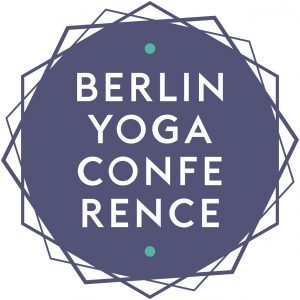 Event tipYogacharya Ellen Grace O’Brian will be teaching two workshops at the Berlin Yoga Conference which takes place on Juni 19-21 2020: one of the four purusharthas and one on Kriya Yoga. If you feel like joining us, please visit our website for more info: www.berlinyogaconference.org CORONA VIRUS EVENT-UPDATE: Berlin Yoga Conference June 19-21 2020 had to be cancelled due to the corona pandemic, but the next edition will be planned for June 2021. Also, on June 21 for the International Yoga Day, you can enjoy some of the 2020 presenters in the digital format for free. To register, please email: info@berlinyogaconference.org |
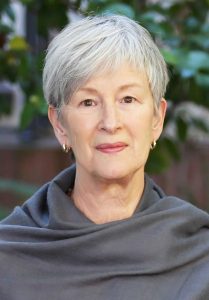 About Yogacharya Ellen O’Brian Since her order to teach Kriya Yoga by her mentor Roy Eugene Davis in 1982, Yogacharya O’Brian has no doubt touched thousands of people through her extensive work in the community. Drawing on her vast experience and accumulated expertise, Yogacharya O’Brian started publishing books to reach people internationally, with her early works being Living the Eternal Way: Spiritual Meaning and Practice in Daily Life and Living for the Sake of the Soul, as well as three volumes of poetry including the award winning 2017 release: The Moon Reminded Me. Additionally, Yogacharya O’Brian is editor of Enlightenment Journal and host of The Yoga Hour, a weekly podcast with listeners in over 130 countries. www.ellengraceobrian.com |
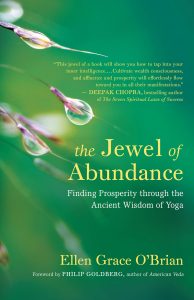
Read on:
Yogacharya Ellen O’Brian: The Jewel of Abundance: Finding Prosperity through the Ancient Wisdom of Yoga. New World Library 2018


